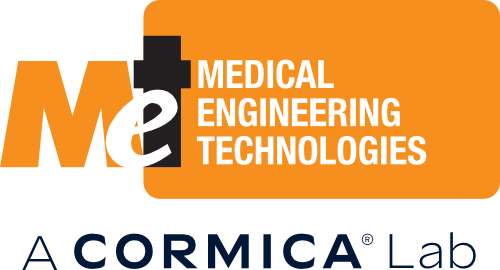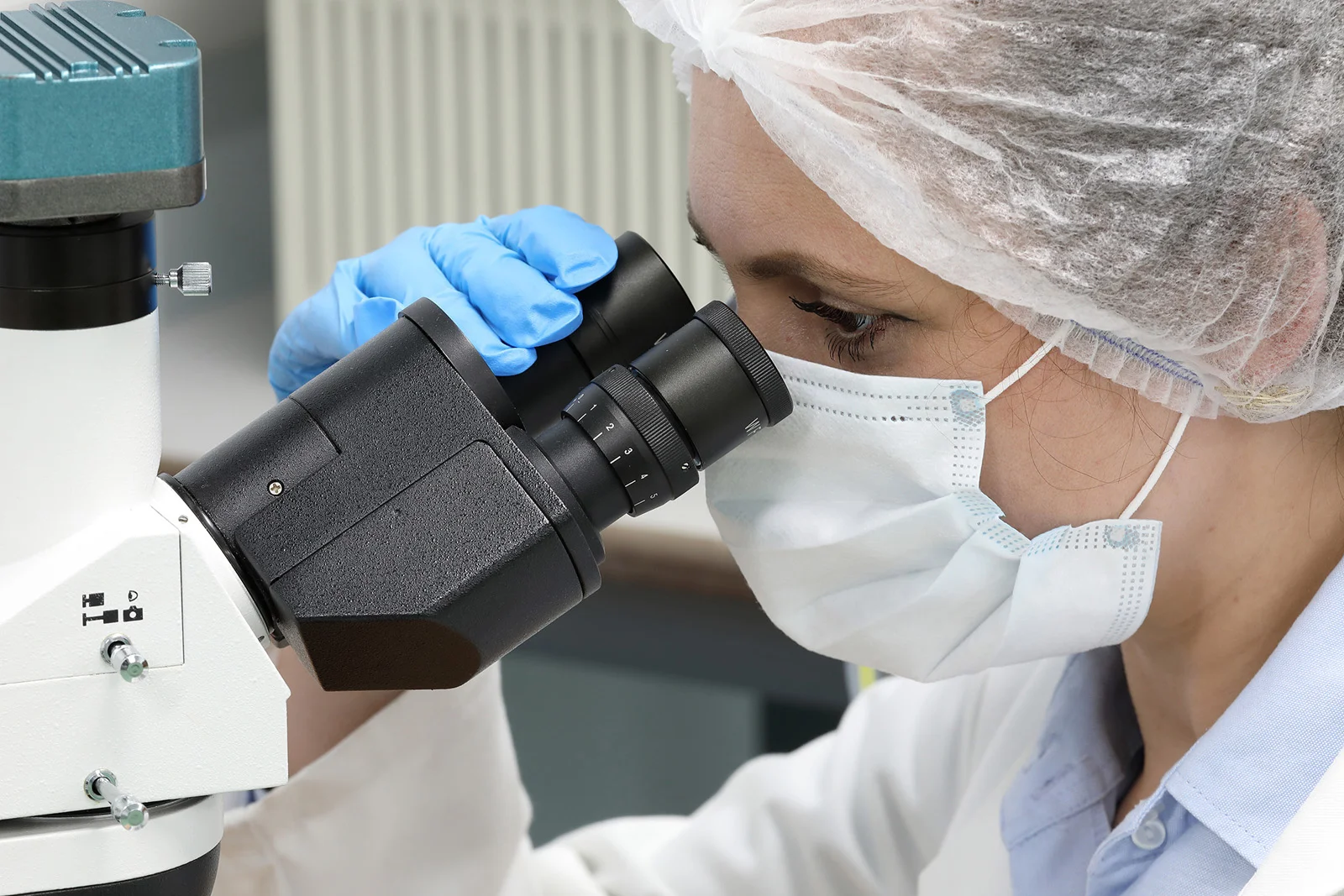Medical devices which deliver an active drug compound over a period of time (sustained release) come in a variety of forms. Apart from delivering the medication steadily, they can often be sited within the anatomy where treatment is required. Examples are vaginal rings for antiviral treatment or hormone replacement, coronary artery stents for reducing restenosis, or blocking beads for treating vascularised tumours.
The design verification requirements for sustained release vectors are similar to other drug / device combination products, with additional tests relevant to their mode of use. Fatigue testing is often a requirement in dynamic or load bearing environments. Additional consideration should be given to degradation (ISO 10993-13) and chemical examination of break down products.
MET has a variety of programs designed to test the physical performance of the devices and in-vitro bioavailabilty of the active substances.

